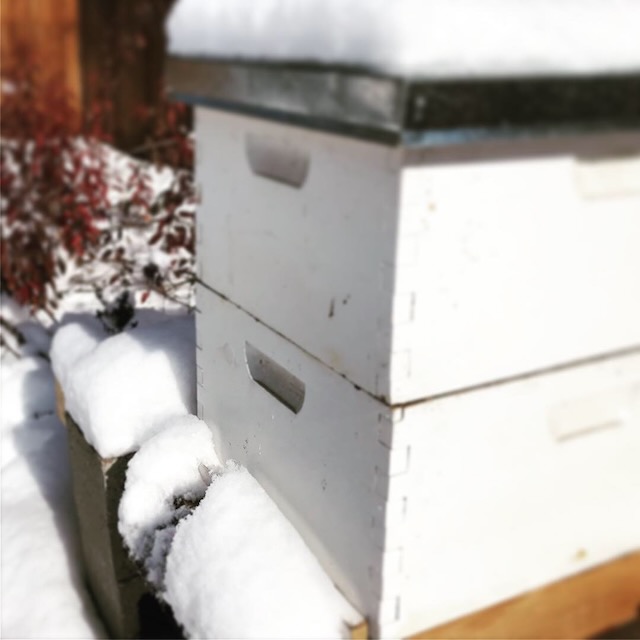
Buzz Notes: Beekeeping Through the Chill
During January and February, Front Range, Colorado, beekeepers should focus on ensuring the health and survival of their bee colonies. Here is a list of tasks to consider:
- Clean and prepare equipment for spring: Fix boxes and frames, order frames/boxes for construction, and inspect all other equipment like smokers, smoker fuel, brushes, spacers, feeder inserts, etc., to ensure they are ready to be used in the spring.
- Monitor Hive Entrance: Check the hive entrance regularly to ensure it is not blocked by snow or debris. Clear any obstructions to allow for proper ventilation.
- Insulate Hives: If your hives are not already insulated, consider insulating them to help the bees maintain a stable temperature within the hive. Insulation can be added to the inner cover or wrapped around the hive.
- Windbreaks: If possible, create windbreaks around the hives to protect them from strong winter winds. This can help reduce heat loss from the hive.
- Monitor Hive Weight: Periodically check the weight of the hive by tilting it slightly. A lighter hive may indicate a lack of food stores, and you may need to provide additional feed.
- Provide Emergency Feed: In case of extreme cold or extended periods of bad weather, it’s a good idea to have emergency feed such as sugar bricks or candy boards on hand. These can be placed on top of the frames for the bees to access if needed.
- Ventilation: Proper ventilation is crucial to prevent condensation inside the hive, which can be harmful to the bees. Ensure that your hives have adequate ventilation while still maintaining warmth.
- Join the High Land Beekeeping Club: We can provide valuable support and information specific to our area.
Remember that winter beekeeping can be challenging, and it’s essential to prioritize the health and survival of your bee colonies during these months. Monitoring and taking appropriate action when necessary is key to successful beekeeping on the Front Range in Colorado during the winter.
